Bond applications surge as home prices hit record highs – BetterBond August Brief
- Bond rebound: Home loan applications jump 14% in Q3, highest since 2022, supported by interest rate cuts.
- Record home prices: Average purchase price tops R1.6m, first-time buyers now spending R1.3m, both above inflation.
- Shifting market: Deposits and renovations rise, while Western Cape leads with R4.4bn in new building completions.
South Africa’s residential property market showed renewed momentum in July, with BetterBond’s August 2025 Property Brief revealing strong demand and record-breaking price growth across key buyer segments.
Bond applications rebound
After a sluggish Q2, home loan applications rose 14% quarter-on-quarter and 12% year-on-year, the highest level since 2022. BetterBond’s index is now only 8% below its previous peak. Lower borrowing costs are playing a major role, with the prime rate trimmed to 10.5%, the fifth cut since September 2024.
“After a sluggish three months, bond applications are bouncing back. July marked our highest application volumes since 2022. Interest rate cuts are clearly reinvigorating the market,” says Bradd Bendall, BetterBond’s International Head of Sales.
Record prices across buyer groups
The average purchase price for all buyers has breached R1.6 million, up 2.1% year-on-year, while first-time buyers are paying R1.3 million, another record high.
Both increases have outpaced July’s inflation rate of 3%, suggesting robust underlying demand. Loans for properties above R3 million rose 7% year-on-year, while bonds for homes under R500,000 fell 5.7%, signalling a market shift toward higher-value homes.
Graphs in the report below illustrate these sharp movements, showing the divergence between high-end demand and pressure in lower price brackets.

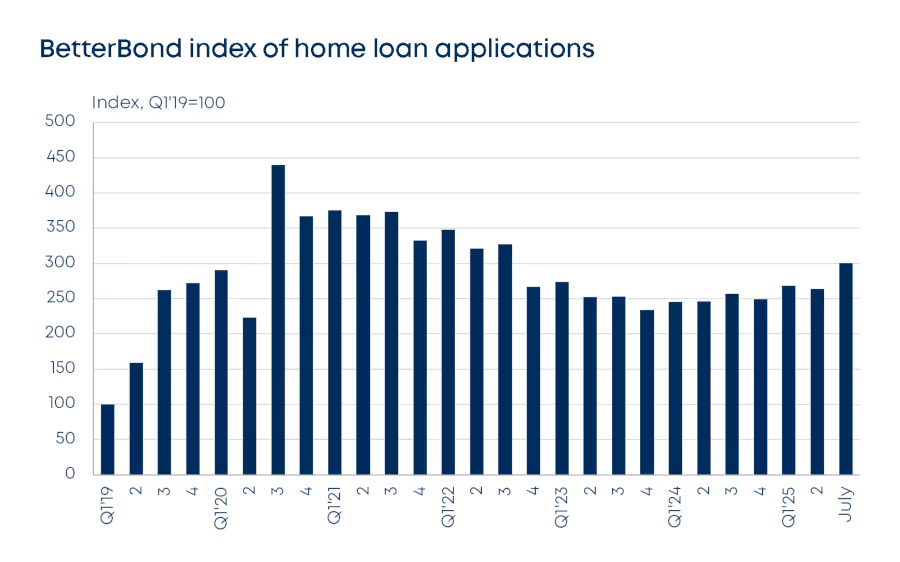
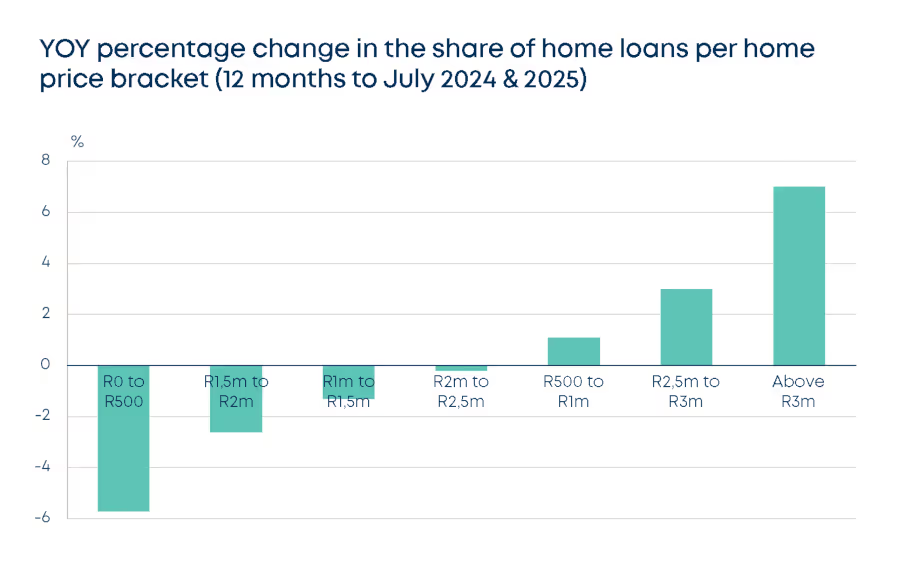
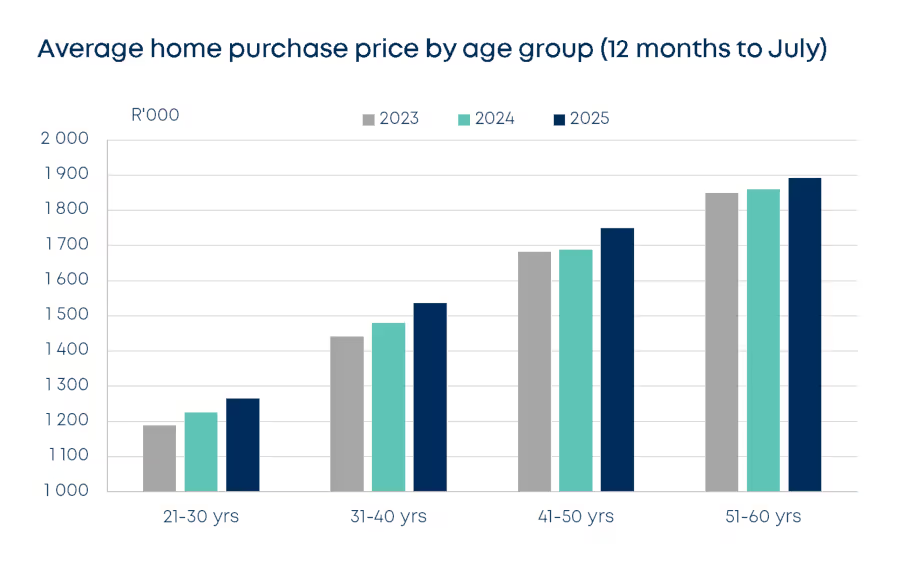
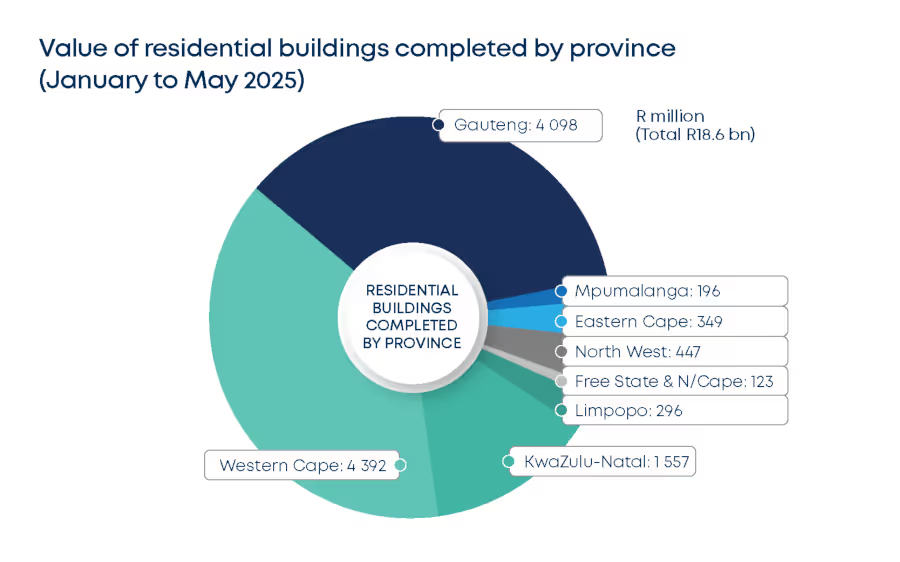
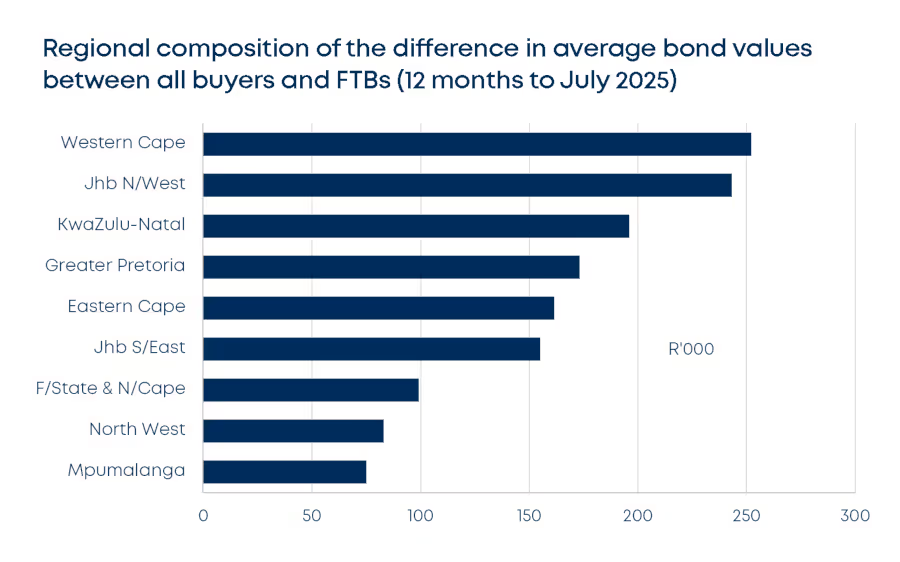
Regional and behavioural shifts
The Western Cape leads nationally in building activity, with R4.4 billion in new houses and flats completed this year, a 20% annual increase. Greater Pretoria posted 27% growth in approvals, while Mpumalanga saw the narrowest gap between average loans for first-time and repeat buyers.
Homeowners are also choosing to renovate instead of relocate. Alterations and additions now make up 31.5% of building plans, up from 25% in 2016, a clear response to higher financing costs and limited new housing stock.
The way forward
The combination of declining interest rates, steady price growth and rising renovation activity suggests a cautiously optimistic outlook. Affordable and mid-market segments are expected to benefit most from further rate relief, while strong demand in the Western Cape underlines the enduring pull of lifestyle-driven semigration.
South Africa’s property market, according to Bendall, is “firmly on a recovery path, with affordability set to improve and confidence returning across buyer groups.”






.avif)

.avif)


.avif)

.avif)




.svg)

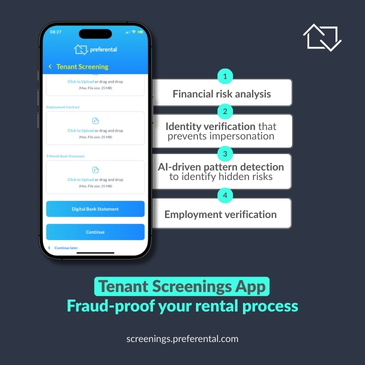
.avif)

.avif)


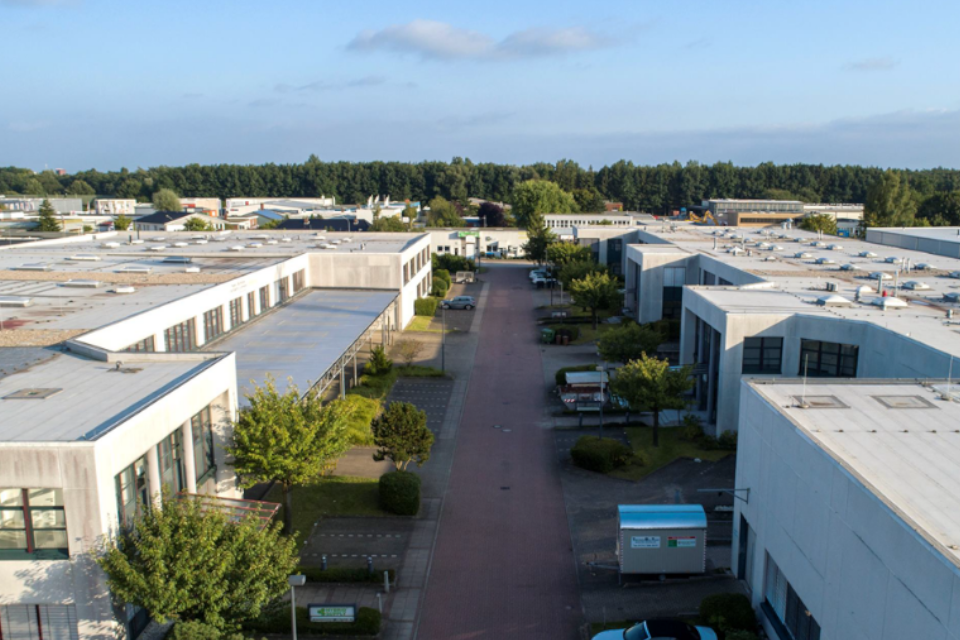




%20.avif)








.avif)
%20.avif)
